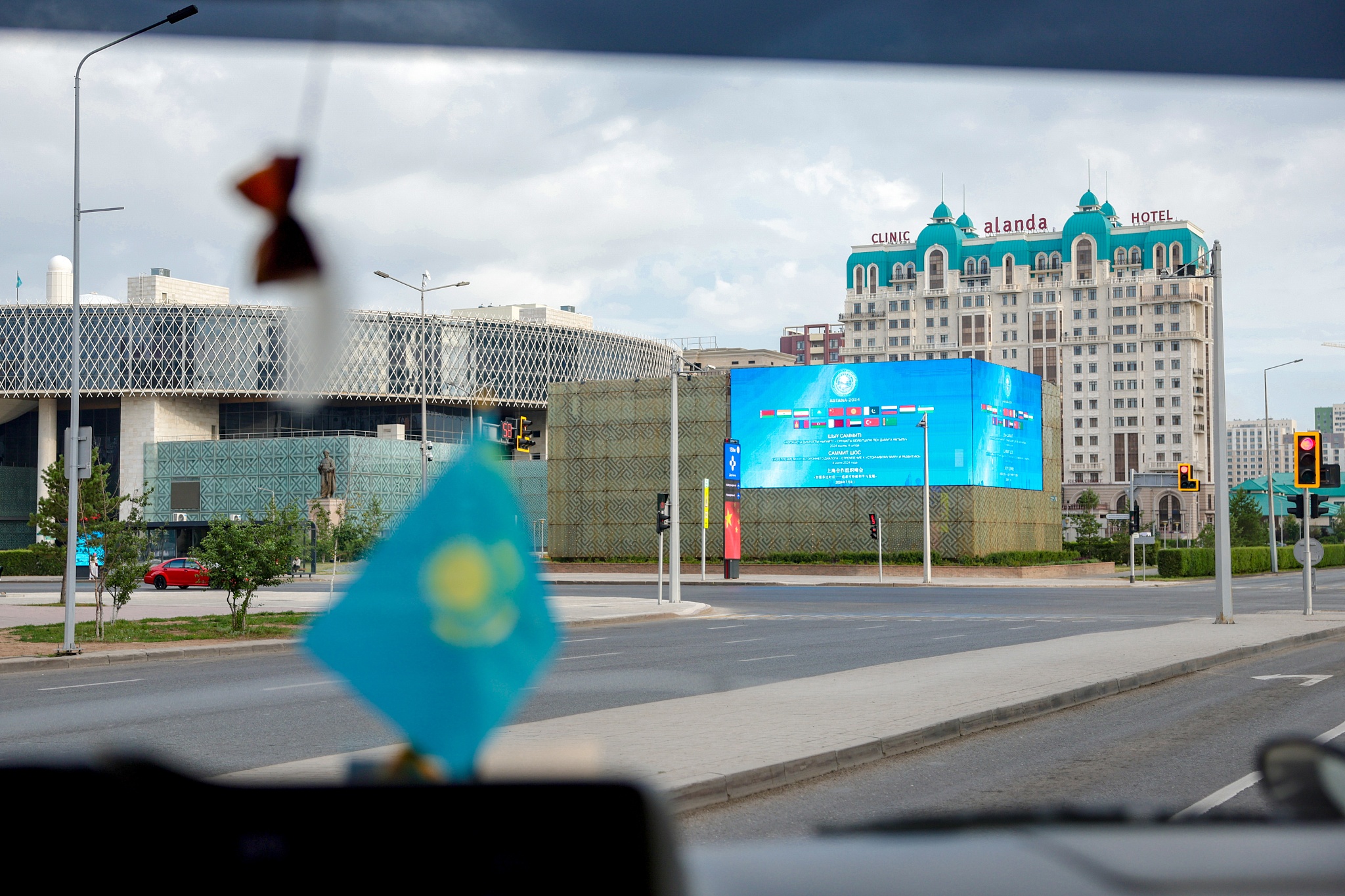The Shanghai Cooperation Organization (SCO), currently comprising nine member countries, three observer states, and fourteen dialogue partners across Asia, Europe, and Africa, is poised for further expansion following a memorandum signed at the 2023 SCO summit. Together, SCO member states represent over 40% of the world's population and account for one-quarter of the global economy, demonstrating their significant collective impact, CGTN reports on July 3.
Core Principles and Evolution of the SCO
The SCO's guiding principle, the "Shanghai Spirit," emphasizes the pursuit of common development, a theme central to the organization's mission. Member countries face the dual challenges of national development and economic revitalization. Under the Shanghai Spirit, the SCO aims to create a shared circle of development, fostering collective progress. Initially focused on security cooperation, the SCO has evolved into a dual-driven model of security and economic cooperation and now embraces a multi-track approach that includes health, security, development, and cultural community. This evolution has allowed the SCO to forge a unique path of development, becoming a bridge of cooperation, a bond of friendship, and a constructive force in the region.

Economic Growth and Trade Cooperation
Economic and trade cooperation within the SCO have notably boosted the economic scale and development levels of its member states. Over the past 20 years, the total foreign trade volume among SCO members has increased nearly 100-fold. As of mid-2022, China's direct investment in other SCO member states had exceeded $37.5bn.
China, a founding member of the SCO, has consistently led initiatives to propel the organization's steady progress. The Belt and Road Initiative (BRI) is a prime example of practical cooperation, with many SCO members being early participants. Trade and investment among SCO members have surged, with China-Central Asia trade reaching nearly $90bn in 2023, marking a 27.2% year-on-year increase and a historical high.
Key Infrastructure Projects and Hard Connectivity
Key infrastructure projects illustrate the SCO's commitment to enhancing "hard connectivity" among its members. The China-Kyrgyzstan-Uzbekistan Railway, the Central Asia–China Gas Pipeline, and the regular and efficient operation of China-Europe freight trains are prime examples of efforts to strengthen economic links and facilitate trade. These projects not only improve physical connectivity but also foster deeper economic integration and mutual benefits among SCO countries.
Cultural Exchange and Mutual Understanding
Beyond economic and infrastructure development, the SCO has established numerous multi-level, multi-field consultation mechanisms and cultural exchange events. These initiatives foster deeper mutual understanding and cultural ties among member states, reinforcing the spirit of cooperation and friendship that defines the SCO.
Future Prospects and the Astana Summit
Looking ahead, the Astana summit is expected to further align the BRI with national development strategies, initiate more cooperative projects, and enhance the SCO's role in the global economy. At a time when global governance is being reshaped, the SCO's role in regional stability and development is crucial. China is poised to play an active role in driving collective efforts within the SCO, ensuring that this summit lays the groundwork for new chapters of cooperation. These efforts aim to foster regional security and development and build a community with a shared future for humanity.
Written by: Guan Xin, CGTN
Comments (0)